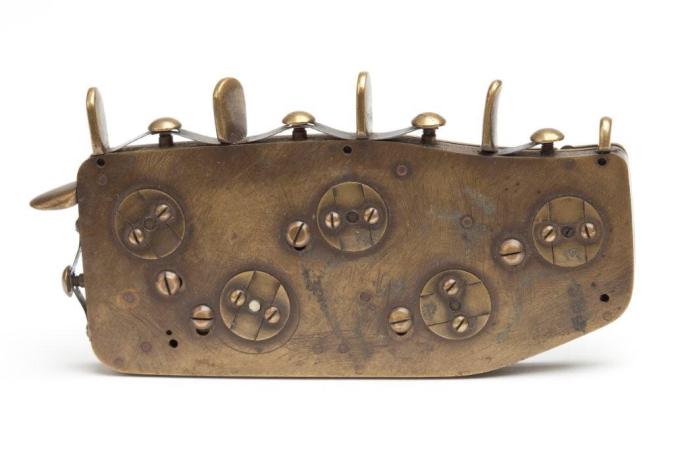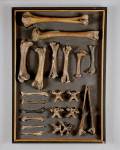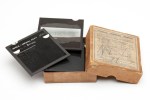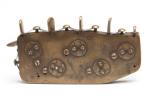On Friday 20 June a group of around 50 scholars met to hear and discuss presentations about UCL’s 100 Hours, an interdisciplinary research project which has spent the last year questioning the practices through which researchers engage with objects. Through discussion, looking, touching and reflecting the 100 Hours research team has considered what it means to give sustained and repeated attention to an object when trying to study it.
The project began in the spring of 2013 when Leonie Hannan and I (historians working in UCL Museums and Collections and UCL History respectively) met to discuss the need for further explorations into the way researchers engage with the material world. In discussing these issues art historian T. J. Clark’s The Sight of Death: An Experiment in Art Writing particularly influenced our thinking. In his 2006 book, Clark repeatedly returned to two Poussin paintings in the Getty Research Institute in Los Angeles. In response to Clark, Leonie and I wished to create a project that combined the analytical power of close looking with different rituals of repetition and sustained attention and slowly 100 Hours was born.
After receiving funding from UCL’s Centre for Humanities Interdisciplinary Research Projects (CHIRP), which is headed by Professor Lisa Jardine, we worked to recruit a group of 10 researchers from different disciplines (including History, English, Visual Culture, Art and Geography) and different universities and museums across London (from Royal Holloway University of London to the British Museum). We asked each of the researchers to choose an object from UCL’s vast array of collections – an object that was removed from their usual area of study and to which they could repetitively return over the course of a year.
Meeting with D. Graham Burnett and Sal Randolph (Liz Haines, Kate Smith, D. Graham Burnett pictured, left – right)

Alongside exploring their own objects, we encouraged the researchers to think collectively through a series of discussion meetings. Headed by different specialists (from historian of science D. Graham Burnett and artist Sal Randolph to literary scholars such as Catherine Richardson) the five meetings provided the researchers with new approaches to their object, be it considering the soundscape in which their object might have operated or the benefits of ritualised attention. After each meeting the researchers encountered their objects anew and wrote up short blog posts. Together the research team clocked up 100 hours of close looking and thinking.
On Friday the 100 Hours researchers reflected on the year-long process. Leonie and I also invited other scholars to join the team for the day, broadening the conversation further. Through short presentations, responses and discussions it became clear that the 100 Hours process has highlighted a series of assumptions that give our object encounters shape, namely agency, environment, politics, relationships and boundaries. Over the next year the team will write up their object-centred research findings and in doing so confront and articulate the methods by which researchers relate to things. The team are readying themselves for another repetition – possibly a further 100 hours of looking, thinking, discussing and writing…
Click here for more information about the UCL collections
Related Articles
Look Closer: what art historians can learn from museum education (Ben Street)
Curators, connoisseurship and the art of looking (Danielle Thom)
‘The Educated Eye? Connoisseurship Now’ at the Paul Mellon Centre (Katy Barrett)
















